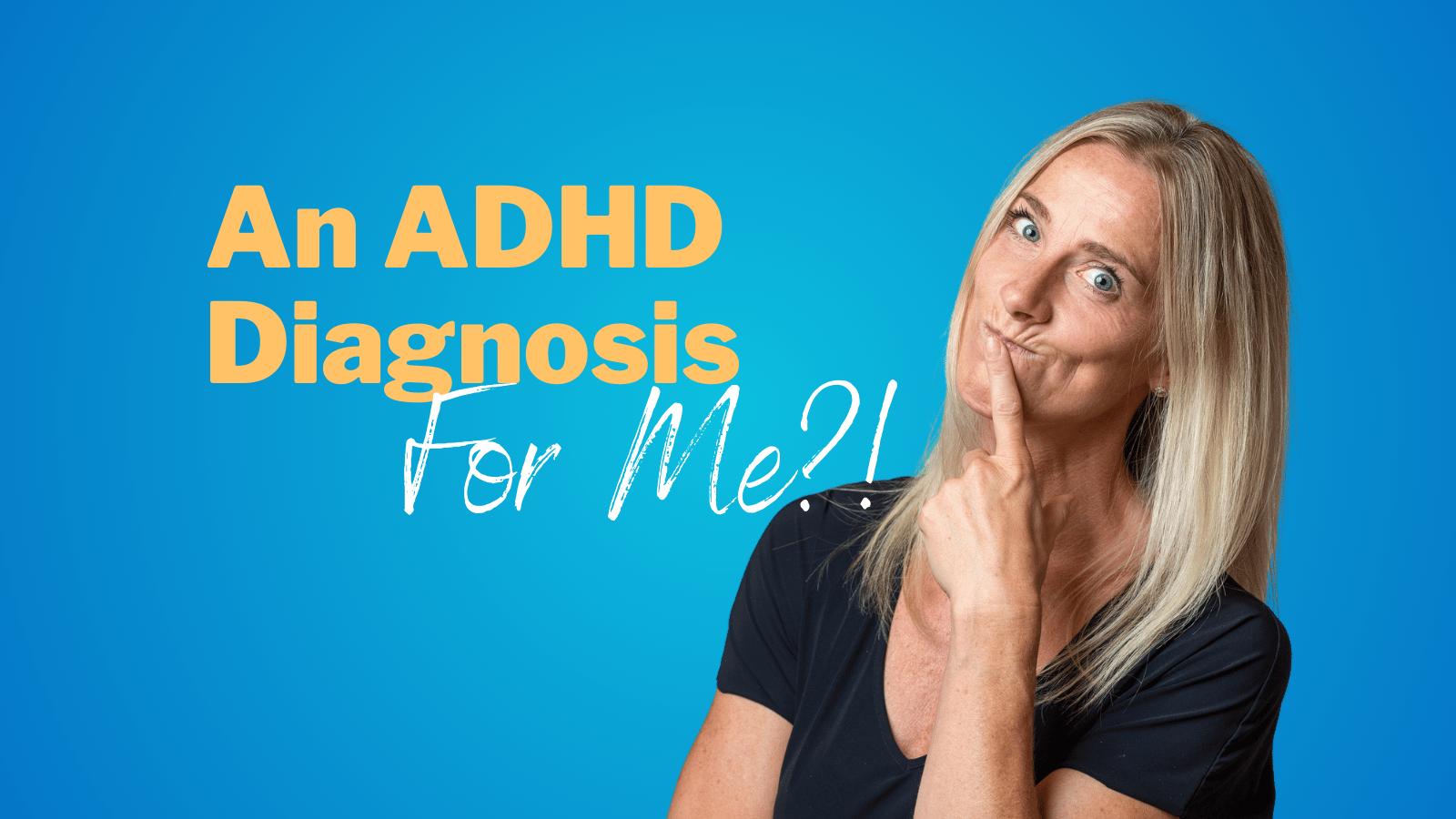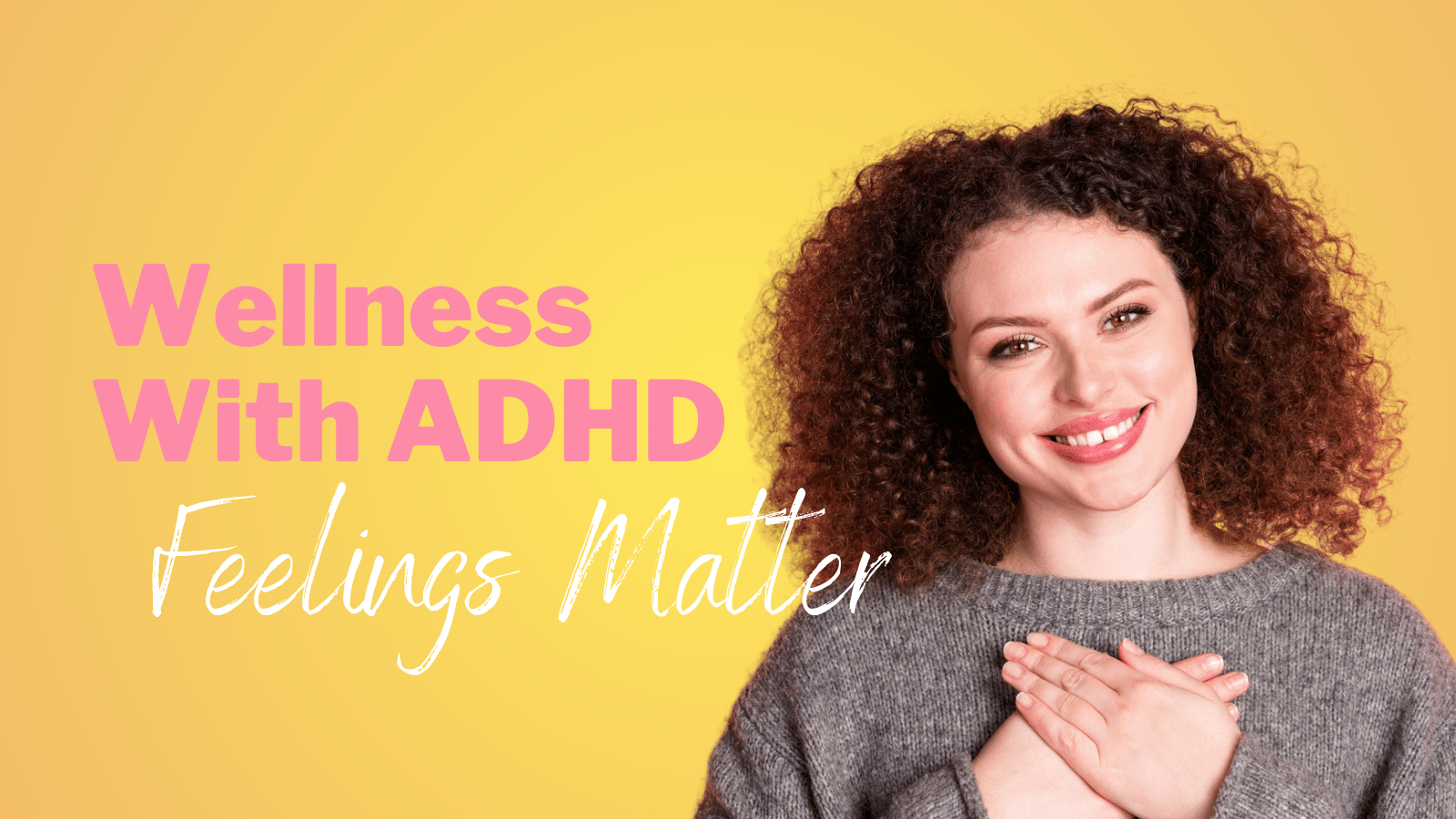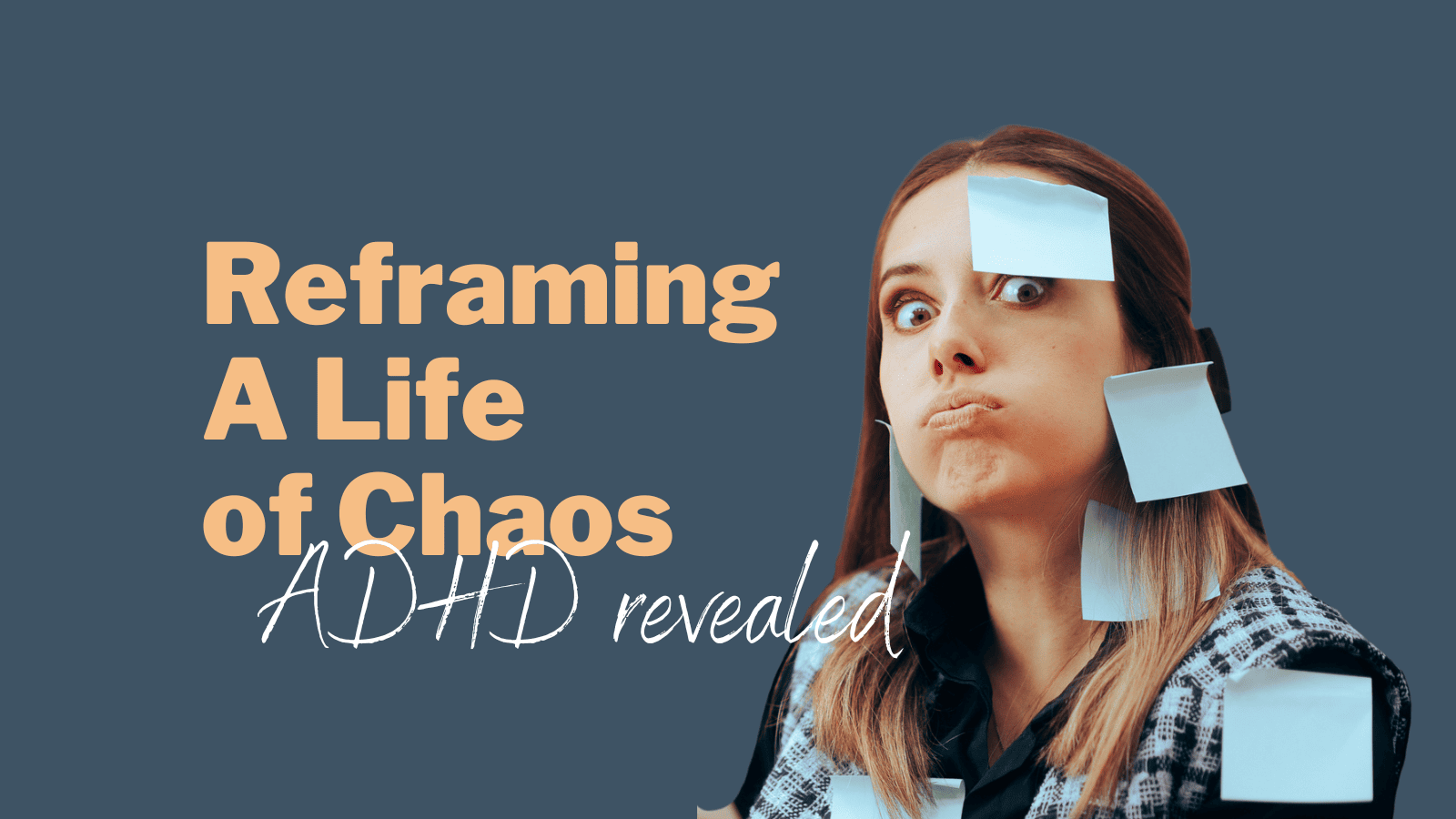If you look up the title above, you will be directed to resources for individuals with ADHD to advocate for themselves, make themselves better understood or make it easier for others to work with them. There are little to no resources out there for employers or organizations to better communicate with neurodivergent folks in order to make their workplaces more accessible.
I’ve had several conversations with adults who were diagnosed late in life with ADHD, and the common thread in these conversations is a sense that we can do better to make our collective communication more digestible. Two of the adults I consulted, who were diagnosed with Severe ADHD in their forties, gave me some actionable tips for written and verbal communication with neurodivergent individuals.
The ideas they conveyed were very similar, and they align with what research I actually could find. Using some of these tips will help neurodivergent and others digest information more readily.
Written Communication
Written communication should be concise. Long, languid texts are hard to follow, and folks can lose interest or focus on the topic, often because their working memory is overtaxed. Some ways to make text more accessible are:
- Emails or messages can be about just one topic
- Spacing, bolding keywords and colour coding information is helpful
- Bullet points and lists make details easier to consume
- Send just one version of an email or communication so as not to confuse people
- Try not to send blanket messages that may not apply to everyone
- Avoid large blocks of text and opt for smaller chunks
- Be direct in what you are communicating; subtlety may be lost
- Step by step lists or instructions, using numbers and clear instructions will be easier to digest than paragraphs
Verbal Communication
Verbal communication often requires a great deal of nuance. To ensure you are being understood and to make it easier for folks with ADHD, you can add some of the following tips to your toolbox.
- Be patient – make space of potential interruptions and digression
- Be clear in your meaning and what you are requesting
- Make space for follow up questions and clarifications
- List tasks or requests in a sequential order
- Try to understand the person’s communication style and adapt as you can
- Follow up with written communication if making a request or relaying important information so it can be referred back to later
- If someone discloses that they have ADHD, take note so they don’t have to remind you
- Make eye contact and be mindful of your body language
- Be prepared to monitor digressions and prompt people to return to the topic
These are just some ways that people can make communication more readily digestible for folks with ADHD and even other types of neurodivergence. Remember that reducing barriers wherever possible is good for all types of people, and it will make your workplace or organization a better place to work and get things done.
About the Author: Dara MacKay is a Calgary educational professional who has worked extensively in the post-secondary education sector and has been in education for over 20 years in many capacities. Dara is passionate about serving populations who experience barriers, working to reduce them and connect students with strategies and resources that help lead to success. Dara is a member of the Learning Disabilities & ADHD Network’s Supports for Adults Team.








